


| Doris Frohnapfel TLP – Norway and Wittgenstein | ||||
 | ||||
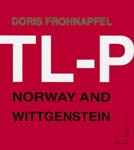 |
 |
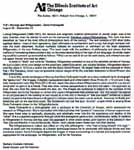 |
 |
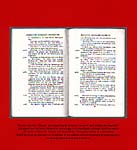 |
 |
 |
|||
 | ||||
 | ||||
 | ||||
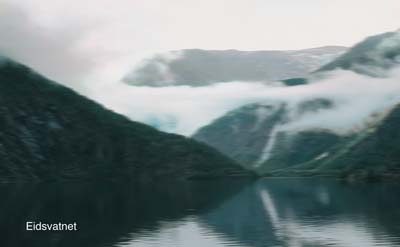 |
||||
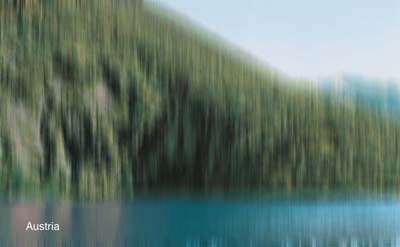
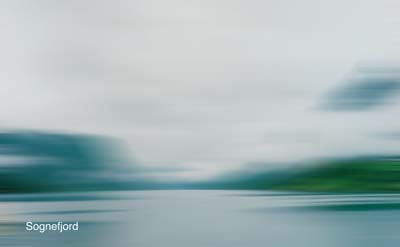
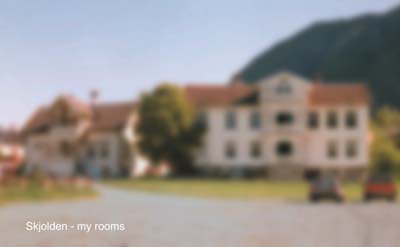
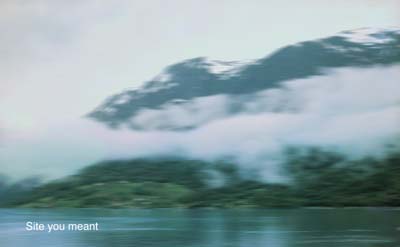 |
||||
 | ||||
 | ||||
 | ||||
|
Exhibition Statement
Ludwig Wittgenstein (1889-1951), the famous and enigmatic Austrian philosopher of Jewish origin, was in his early twenties when he started to work on his manuscript Tractatus Logico Philosophicus. This work has been described as "one of the most difficult philosophical texts of the century." The text consists of 525 short philosophical claims – most of them aphorisms. Each affirmation is numbered in such a way that single numbers indicate the main statement, multiple numbers indicate an expansion or comment on the main statement. Wittgenstein, in his own Preface, says: "The book deals with the problems of philosophy and shows that the method of formulating these problems rest on the misunderstanding of the logic of our language. Its whole meaning could be summed up somewhat as follows: "What can be said at all can be said clearly, and whereof one cannot speak thereof one must be silent." In order to "think" and write his Tractatus; Wittgenstein retreated to one of the remotest corners of Norway. He built a cabin of his own design on the small lake called Eidsvatnet, just outside Skolden. Wittgenstein discovered the place in 1913 on a tourist trip with his friend David Pinsent. He stayed there until the outbreak of World War I. The Tractatus, which was composed at various stages of his life, was later dedicated to David Pinsent who died prematurely. It is to this remote landscape of Norway that Doris Frohnapfel travels on a rainy weekend trip to photograph the "genius loci". Her images, 5 digitally manipulated black and white Gelatin Silver Prints (31 x 70 cm) and 5 digitally manipulated color Digi Prints (31 x 49 cm), depict the place where Wittgenstein's cabin stood (it was demolished after he gave it to a friend). They also show various perspectives to and from the cabin – the approach by boat, the view from the cabin towards the lake, etc. The images are numbered in relation to the numbers of the Wittgenstein text in the Tractatus or named after places Wittgenstein had pointed out – like "my rooms" he marked on an old postcard of the building he had stayed at on his visit to Norway or "site you meant" written on a drawn sketch he sent to his friend Moore in England to indicate where the cabin was to be built. However, he finally preferred the spit on the lake Eidsvatnet. The Skoldeners still call this spot "Austria", a spot which is among those Doris Frohnapfel chose for her Wittgensteinserie.
Doris Frohnapfel is a photographer and a professor at the University of Bergen, which sponsored the
research on Wittgenstein. She is fascinated with historical sites that "preserve" memories of
human experiences. She uses these sites to spiritually, physically, and artistically enter into
the life experience and destiny of the "other". It is a subjective experience through which the
protagonist gains a new, contemporary reality. In addition to Wittgenstein in Norway she has used
this approach in other photo series: John Lennon at the Dakota in New York City and Pasolini in
via dell'Idroscalo, Rome – both places where these men met their destiny.
The Wittgensteinserie makes one reflect on why this philosopher – who "had to busy himself
with logic" – chose to dwell with the mysteries of a Nordic landscape known for its encounter
with natural forces and their emotional impact. Doris Frohnapfel depicts the images of these
surroundings in a blurred and enigmatic manner, appropriate for the landscape, for Wittgenstein,
and for his Tractatus.
– Barbara Goebels-Cattaneo |
||||
 | ||||
 | ||||
 | ||||
|
Press Release
History Lessons In 1916, amidst exploding bombs and machine-gun fire, Ludwig Wittgenstein filled notebooks with his thoughts on philosophy and religion. After his capture by the Italians, these writings became the basis for the "Tractatus Logico-Philosophicus," an extraordinary book that changed the practice of analytic philosophy forever. But much of what he wrote over the course of his travels with a howitzer regiment evolved out of an earlier book called "Logik," written during long periods of seclusion in Norway. Wittgenstein was famously manic about his pursuit of knowledge. Much of his time was spent immersed in the academic environment at Cambridge, though its politics and intrigues were often a distraction. Eager to work out the more difficult problems in logic away from the social dramas of the university, Wittgenstein often traveled back and forth from a mountain cabin in Skjolden, bounded by mountain ranges and plunging valleys, reachable only on horseback. For the fiftieth anniversary of his death, Cologne-based artist Doris Frohnapfel traveled to document his Norwegian getaway. Her choice collection includes a handful of digitally manipulated color and black-and-white Lambda prints, the black-and-whites numbered in a sequence that resembles the Tractatus. Prefixed with an acronym of Tractatus, or "T-LP," each also carries a whole value and then a tenth, hundredth, etc. Among the shots are included almost incidental images of sprawling chateaus, tilting mountains and deep, lush valleys. All have been manipulated into a harrowing blur: buildings shift and change against immovable backgrounds, creating the illusion of a perception in flux. It's a fitting tribute. Each shot moves across the surface of the world as viewers must imagine his mind did over the problems of language and logic. Neither has she neglected this inward-looking place as having a whiff of the ossuary: in the midst of this distorted landscape, she situates "TL-P 2.16," a center-swirling image of what looks like a mountain path. A distinct sense of vertigo informs the shot, hewn in with trees and dirt and rimmed with a tuft of thick, lingering cloud. Can this illusion of motion mimic the acid ambition of such a lonely, brilliant thinker? Not exactly. But this distant, churning view of a world moving at top speed does suggest painful exile and a desire for stillness in the eye of an intelligent storm. Frohnapfel's prints are ultimately a satisfying examination of the role Wittgenstein wished his Tractatus to play: a reminder to those whose minds have been polluted with the traumas of life that the possibility of a solution and eventual solace remain. | ||||
 | ||||
 | ||||
 | ||||
| View the Work | ||||
 | ||||


